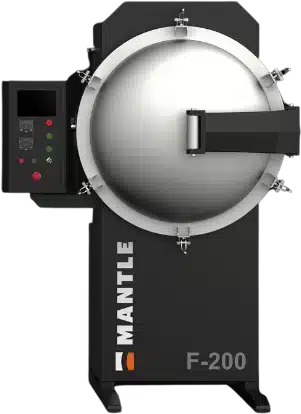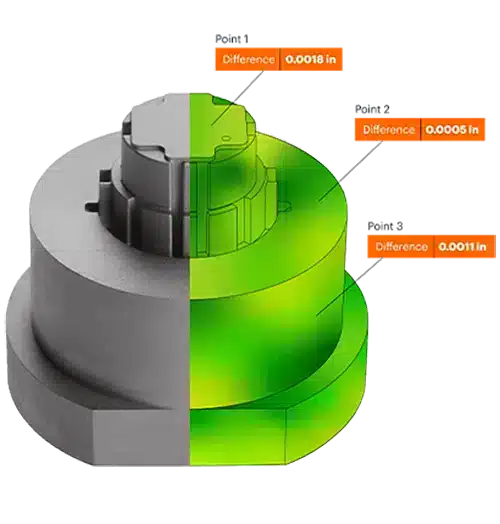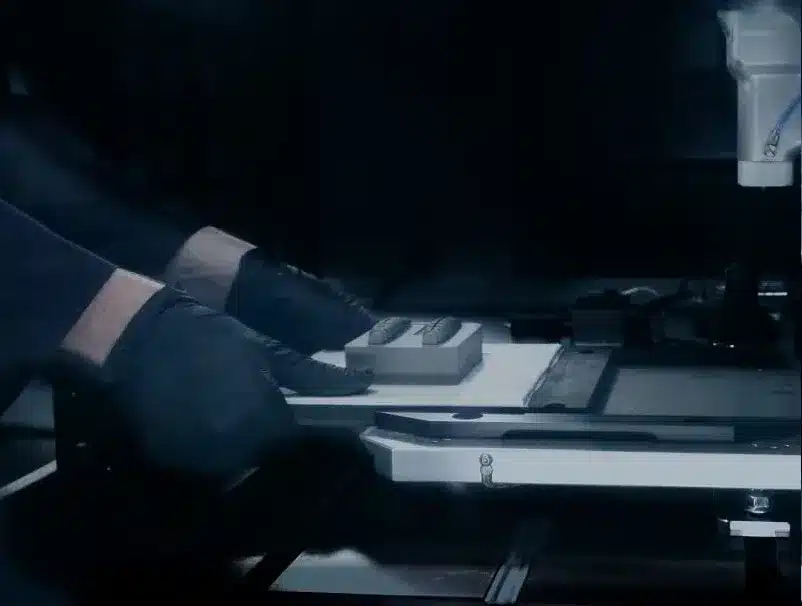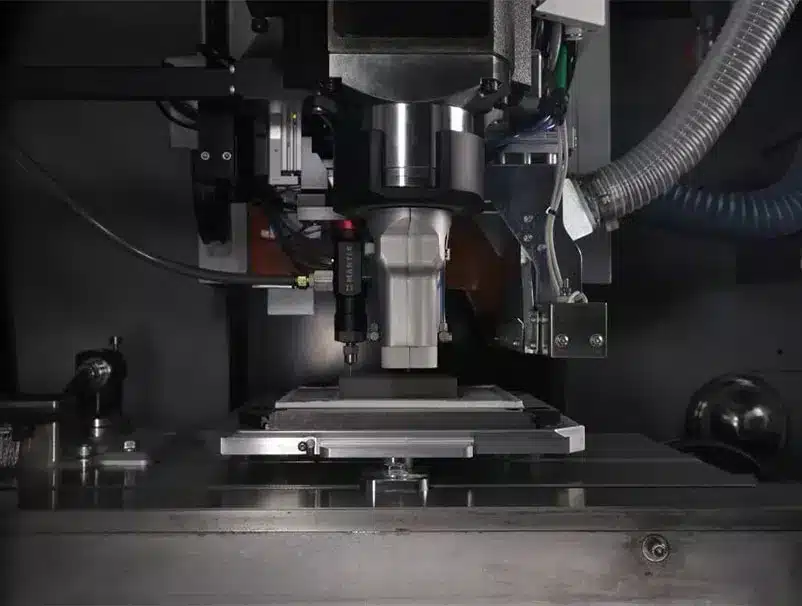
ENGINEERED FOR
PRECISION
BEST-IN-CLASS SURFACE FINISH
EASY TO USE
DESIGNED FOR THE SHOP FLOOR
MODERN AND IMPROVING



Mantle’s printed tools feature best-in-class surface finish for metal 3D printers with 1-3µm Ra (Charmilles 26-28 ), similar to the surface finish of a sinker EDM.
Printed part detail and shut-off surfaces are ready for molding with little to no post-processing.

